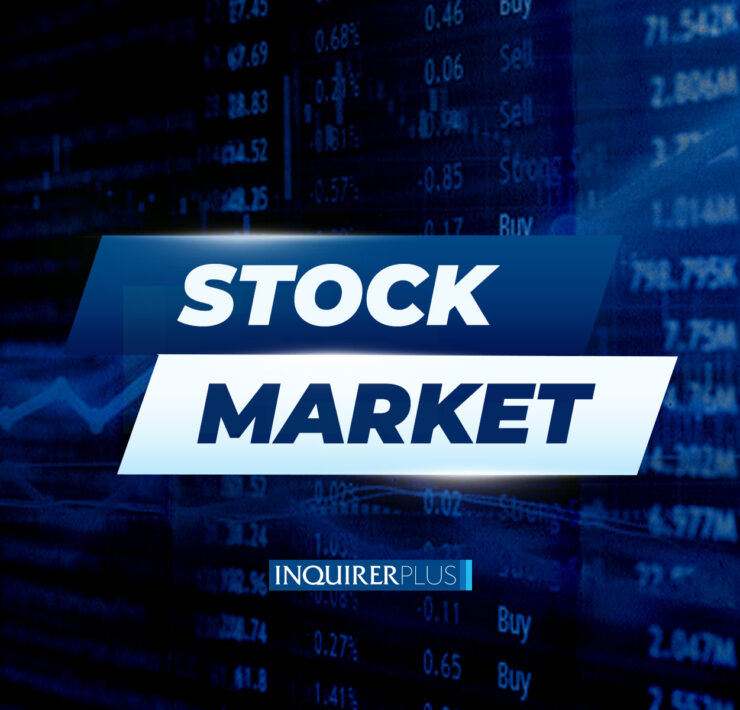Time to start worrying about the US economy and stock market?

The US economy and stock market have remained remarkably strong over the past few years, defying a host of warning signals—including an inverted yield curve, declining leading economic indicators, rising unemployment and weak business and consumer sentiment.
However, there are growing signs that this resilience may soon fade. The risk of a US recession is increasing, raising questions about how long the bull market can last—and whether investors should start exercising more caution.
The AI boom that propped up growth
One major reason the US economy and stock market stayed resilient was the artificial intelligence (AI) boom, which began in late 2022 after OpenAI launched ChatGPT. The chatbot’s viral success—reaching 100 million monthly users in just two months, far faster than popular apps like TikTok or Instagram—triggered a global AI arms race. Companies rushed to adopt and invest in artificial intelligence, fearing they might be left behind.
In 2024 alone, total AI investments in the US jumped to $109.1 billion, according to Stanford University’s 2025 AI Index Report. To put that in perspective, cumulative AI investments from 2013 to 2023 amounted to just $361.8 billion, or an average of about $33 billion per year.
This dramatic surge in spending helped offset weakness in traditional sectors like manufacturing, housing and real estate—providing a crucial lift to overall US economic growth.
Tech stocks drove market gains
AI enthusiasm also powered massive gains in tech stocks. Nvidia, whose chips are essential for AI training and inference, has soared more than twelvefold since November 2022. Meanwhile, Microsoft, Google, Amazon and Meta—all aggressively investing in AI—have more than doubled in value over the same period.
The rally in these few mega-cap tech names explains much of the Nasdaq’s and S&P 500’s strong performance in recent years, even as many nontech companies lagged behind.
Cracks in the AI story
Recently, however, investors have started to question how sustainable AI-driven growth really is. Many are asking whether tech companies can justify their massive capital spending on AI, given the lack of visible financial returns so far.
For instance, Microsoft, Google, Amazon and Meta have all announced ambitious AI infrastructure plans. Meta founder Mark Zuckerberg even said he would rather “misspend a couple hundred billion dollars” on AI than risk falling behind competitors.
Yet, most companies adopting AI haven’t seen meaningful gains in productivity or profitability. A study by MIT found that 95 percent of organizations reported zero return on their AI investments. Similarly, a McKinsey survey showed that most firms achieved cost savings of less than 10 percent, while revenue improvements were typically below 5 percent.
If these trends persist, poor returns could eventually slow AI adoption, hurt the viability of AI startups and prompt big tech firms to scale back spending—removing one of the key drivers of recent economic growth.
Rising concerns over “circular” AI financing
There are also growing worries about circular funding structures within the AI industry.
In September, reports surfaced that Nvidia planned to invest as much as $100 billion in OpenAI’s data center buildout—and OpenAI, in turn, is expected to purchase large volumes of Nvidia chips for those facilities. A month later, OpenAI agreed to spend tens of billions of dollars on AMD chips, in a deal that also gives it the right to acquire up to around 10 percent of AMD’s shares at a nominal price.
Beyond chipmakers, OpenAI has struck multibillion-dollar infrastructure deals with Oracle and CoreWeave, both of which are expanding their capacity using Nvidia GPUs. These arrangements have raised concerns that much of the AI sector’s spending may be funded through self-reinforcing investments, rather than real end-user demand.
Like many AI firms, OpenAI remains unprofitable and heavily dependent on investor funding. Revenues are expected to triple from $3.7 billion in 2024 to about US$13 billion this year, yet losses could widen from US$5 billion to roughly US$8 billion. Bloomberg estimates the company may not turn cash-flow positive until 2029, when revenues could reach US$125 billion.
Despite these losses, investors continue to pour money into AI, prioritizing rapid growth over profitability. But if AI firms fall short of lofty expectations, their highly valued shares could face sharp declines—and startups may struggle to raise new capital, threatening the sustainability of the broader AI ecosystem.
Weakness emerging outside tech
Beyond the tech sector, the broader US economy is showing clear signs of slowing.
Job growth has weakened sharply, with nonfarm payroll gains averaging just 75,000 per month from January to August, down from 168,000 last year. A softer labor market has weighed on growth, prompting the Federal Reserve to resume rate cuts in September, even as concerns linger that new Trump tariffs could reignite inflation.
At the household level, credit card and auto loan delinquencies over 90 days have risen to levels last seen during the global financial crisis, reflecting growing financial strain. The manufacturing sector also remains weak—the ISM Manufacturing Index has stayed below 50 for most of the year, signaling contraction—while exports and industrial production have been hurt by tariffs and weak global demand.
Outside of AI, business investment has been sluggish, as companies delay projects amid policy uncertainty and an unclear economic outlook. As a result, US GDP growth is projected to slow to just 1.8 percent this year and next, down from 2.8 percent in 2024.
Signs of stress are also emerging in corporate credit markets. Defaults on corporate debt have started to rise, highlighted by the recent bankruptcies of subprime auto lender and dealer Tricolor and auto parts supplier First Brands. Commenting on these developments, JPMorgan CEO Jamie Dimon warned, “When you see one cockroach, there are probably more.” In other words, more credit problems could be lurking beneath the surface.
A time for caution
While US equities have continued to climb despite mounting risks, history shows that markets rarely rise once the economy enters a recession. At the same time, the strong performance of tech stocks appears increasingly vulnerable, and signs of financial stress could make investors more risk-averse.
With economic momentum fading, tech sector growth at risk and valuations still elevated, it may be wise for investors to trim exposure to US stocks—or at the very least, prepare for greater volatility ahead.





















Can blockchain make the national budget tamper-proof?